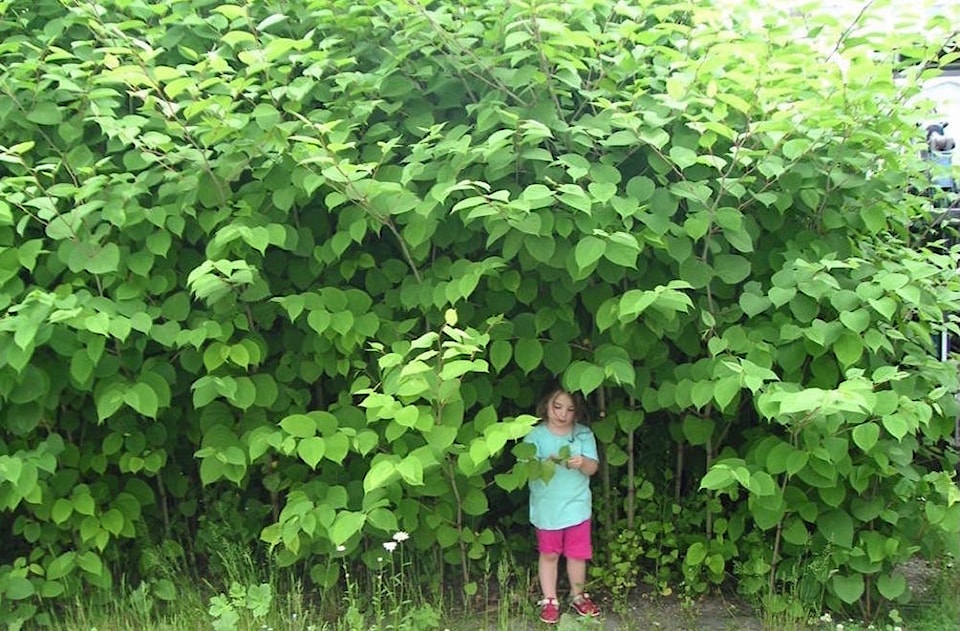by John Boivin
Local Journalism Initiative Reporter,Valley Voice
A campaign to widen the local battle against invasive species got the go-ahead from the Regional District of Central Kootenay board of directors – but not without some debate as to whether it was doing any good.
At the Jan. 19 RDCK board meeting, the directors approved spending $27,000 this year on initiatives by the Central Kootenay Invasive Species Society (CKISS) to prevent the spread of noxious weeds in the region. The funding will not be finally approved until the 2023 budget is passed in full.
“It is critical to establish strong regionally co-ordinated invasive species prevention responses now to protect habitat and ecosystems,” staff wrote in a report. “Without active prevention efforts, invasive plants can increase their distribution exponentially, making the task of eventual control financially challenging.”
The RDCK already has a program to combat invasive species on its own properties, and this year’s grant would allow CKISS to expand into non-government property. That would include tackling invasive species like knotweed, and poison hemlock (near Creston), and preventing zebra and quagga mussels and invasive clams from entering regional waterways.
Education and outreach are also important parts of the program. A portion of this year’s funding would also go towards a pilot project to support the agricultural community with their invasive species issues.
“The RDCK does not have invasive species issues like those in Christina Lake or the Shuswap. Those regional districts, Kootenay Boundary and Columbia Shuswap respectively, allocate more than $400,000 annually to manage the milfoil in their lakes,” said a staff report. “The RDCK is in a position to avoid these costs by protecting water and landscapes now rather than try to reclaim them once the problem is significant.”
But not all directors were sold on the strategy.
“The way we’re approaching this is as a disease, and we’re applying band-aids to it,” said Area D director and board chair Aimee Watson.
“What I would like to be able to do … is to provide support to landowners to provide good stewardship. I know that’s pie-in-the-sky, but when it comes down to invasive species, where it’s coming from … these are poor land management actions that are causing the problem. And we are asking local taxpayers to address the disease at a band-aid level.
“I would much prefer to see incentives to have good land stewardship practices in place to begin with.”
Area E director Cheryl Graham said she would not support anything that would mean increasing taxes.
“So I’m not saying ‘no,’ I’m sort of saying ‘not now,’ given these conditions at the minute from what I’m hearing.”
But that had other directors pushing back.
“I know times are tough, but if we don’t take care of things now, the cost in the future will be way, way higher,” countered Area G director Hans Cunningham. “And I can’t see anybody saying they can’t afford $10 a year to reduce invasive species.”
Staff pointed out that the issues directors were highlighting were all being addressed by CKISS – and while their work may not be a perfect fit, it was best to leave the issue to the professionals.
“They are the experts on the ground … we want to leverage their expertise and their connections in the provincial government,” said Sangita Sudan, the manager for Development and Community Sustainability Services. “We want to leverage it and work in partnership. So ultimately it is not there yet. This is our first dive into it and we hope eventually in time we will be able to influence that stewardship on provincial lands.”
Directors grudgingly took staff advice and in a split vote passed the $27,000 program.
